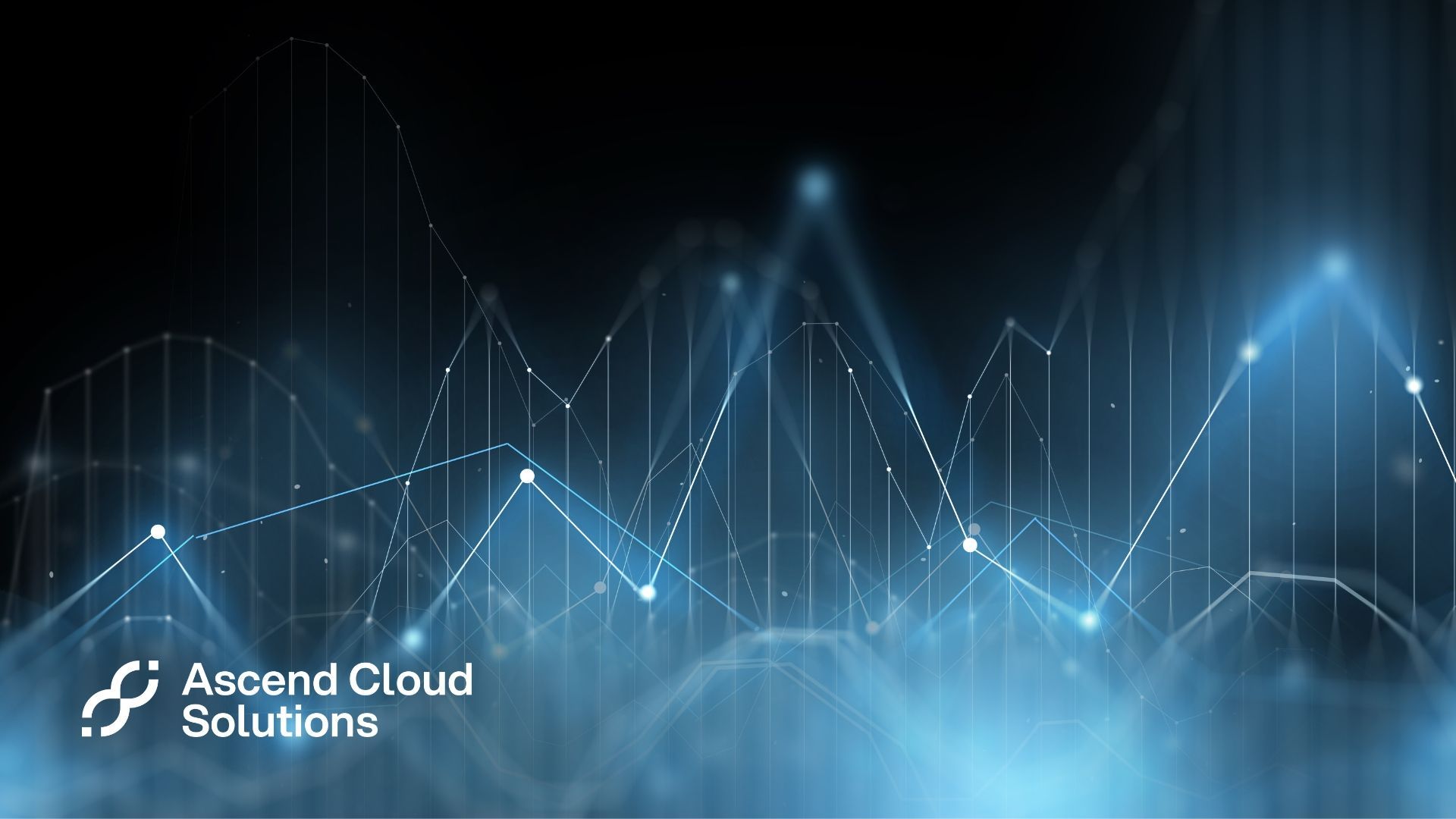What is autonomous analytics and how does it fit into the cloud?
Autonomous analytics is an AI solution that puts data to work. Learn how it can help with business intelligence, effective resource provisioning and more.

Unless you've been spending the last decade on your own private exoplanet, you'll have noticed that artificial intelligence (AI) is absorbing a lot of capital, time and energy.
No sector is untouched. AI is being deployed everywhere from the automotive industry to online dating apps.
"Autonomous analytics" is one branch of the supposedly magic AI tree. It moves us one step further away from human decision-making. And in the process, it's changing the ways that cloud technology operates.
In this article, we take a look at the fascinating world of autonomous analytics and how it's increasingly being applied in cloud computing. But first up, let's get our terms straight.
What is autonomous analytics?
To get a sense of what autonomous analytics is, we need to distinguish between human, automated and autonomous activities.
We could make this distinction through the ever-evolving relationship between a driver and their car. But things would quickly get technical. Instead, let's consider the mundane task of diarising.
If you have a paper diary, you're entirely in control of what goes in. You make a date to go for sushi with your barber. In it goes: Tuesday, 8 p.m.
In this scenario, there's no external involvement in the recording of this information.
Now compare that to Google Calendar or another piece of time-keeping software. You and your barber have such a great time over dinner that you decide to make it every Tuesday. You tell your calendar software to repeat this date every Tuesday until the world ends or you die (whichever comes first).

In this scenario, you've automated your time-keeping. You're still in charge of what's going on the calendar, but you're not manually entering the information for every Tuesday.
In the world of analytics, this second example corresponds to automation. Your cloud engineers put systems in place to identify inefficiencies, say. These are automated: they run on schedule without humans getting involved at the deployment stage.
The next step is to move from automation to autonomy.
Back to our calendar. Your Google Calendar can now scrape your emails for events to include. Book a flight? Google will, with your permission, add it to your calendar. The next step could be a calendar that predicts what you'll do on certain days, based on your data, and suggests a schedule for you.
This is how autonomous analytics works. It makes decisions based on what you feed it. And the more you feed it, the theory goes, the more it learns and the more optimal its decision-making process becomes.
Autonomous analytics, business intelligence and the cloud
Business intelligence (BI) is as old as business. But the cloud has made it easier than ever to store, share and analyse data. Now, AI can run that insight-rich data through predictive analytics models.
It's no longer your job to set thresholds and KPIs and keep a close eye on them around the clock. Autonomous analytics does that for you and presents its forecasts in an easy-to-grasp form.
The more data a company has to deal with, the more tempting this sounds. Data alone is next to worthless. You may as well fill your servers with pictures of dogs playing table tennis. But when put to work, it can lead to better decision-making, which in turn can mean better profits.
AI-as-a-service
Autonomous analytics software takes different forms. One is AI-as-a-service (AIaaS): a third-party solution that gives you an oven-ready platform for analytics.
As with all "as-a-service" solutions, the principle of AIaaS is that you're leveraging expertise from outside your enterprise rather than having an in-house team. It's not all that different from getting a Netflix account rather than buying DVDs from CeX.

Like BI platforms, AIaaS takes a set of data, makes inferences and builds a machine learning model. It can help companies deepen their understanding of customer behaviours and identify aspects of production and delivery that can be automated.
AIaaS shares several benefits with cloud computing in general. It lets you harness extremely complex (and expensive) infrastructure at a fraction of the cost. It's flexible. It's ready to go. And it's scalable – so as you grow, the solution can grow with you.
Autonomous cloud cost optimisation
How much does a cloud infrastructure cost? It's an answer that could fill 20 TED talks. It depends first on your business's size and goals, then on the products and services you decide to deploy.
Figuring out the best deal can be a headache. However, autonomous cloud cost optimisation software can help you to identify savings to be made, purchasing options and services to be optimised at the click of a button.
Self-healing systems
Cloud computing is like human health. Sometimes, a problem is bad enough that you need to go to the cloud doctor. Other times, it's a case of letting it heal and coming back in a week if it's still not better.
This second scenario is possible thanks to "self-healing systems". These aren't services that furnish you with analytics – but they're only possible because they use autonomous analytics to gather data, make predictions and execute decisions.
It's a big subject, so let's take a simple example. You run a napkin business and always see an upswing in sales around Christmas. A self-healing system will identify this pattern and provision extra resources at that time to ensure there's no profit-pinching downtime.
Conclusion
AI and cloud computing are rapidly becoming the Lennon and McCartney of the tech world. Together, they've led to autonomous analytics, furnishing you with indispensable insights and self-healing systems. As the technology develops, we'll be sure to keep you in the loop.
Are you looking for a
cloud consulting firm to help you migrate or manage your services?
Get in touchwith Ascend Cloud Solutions today for a no-obligation consultation.












